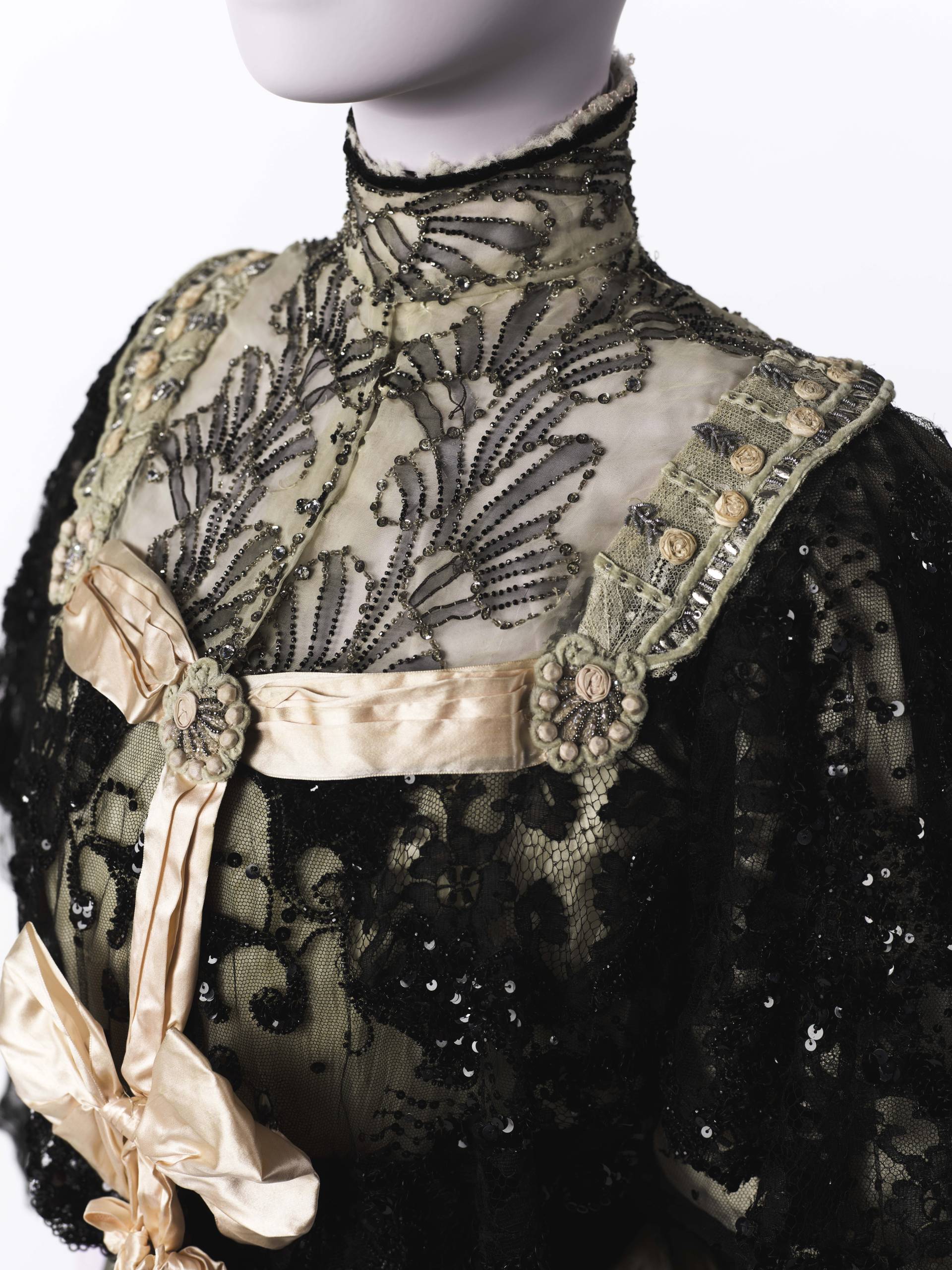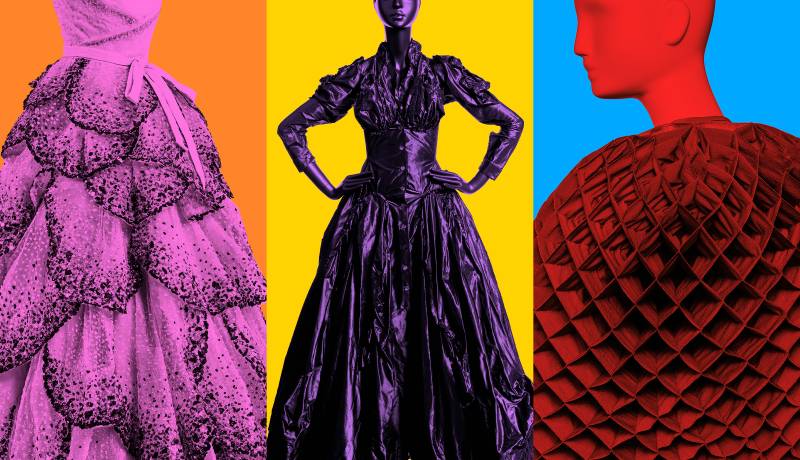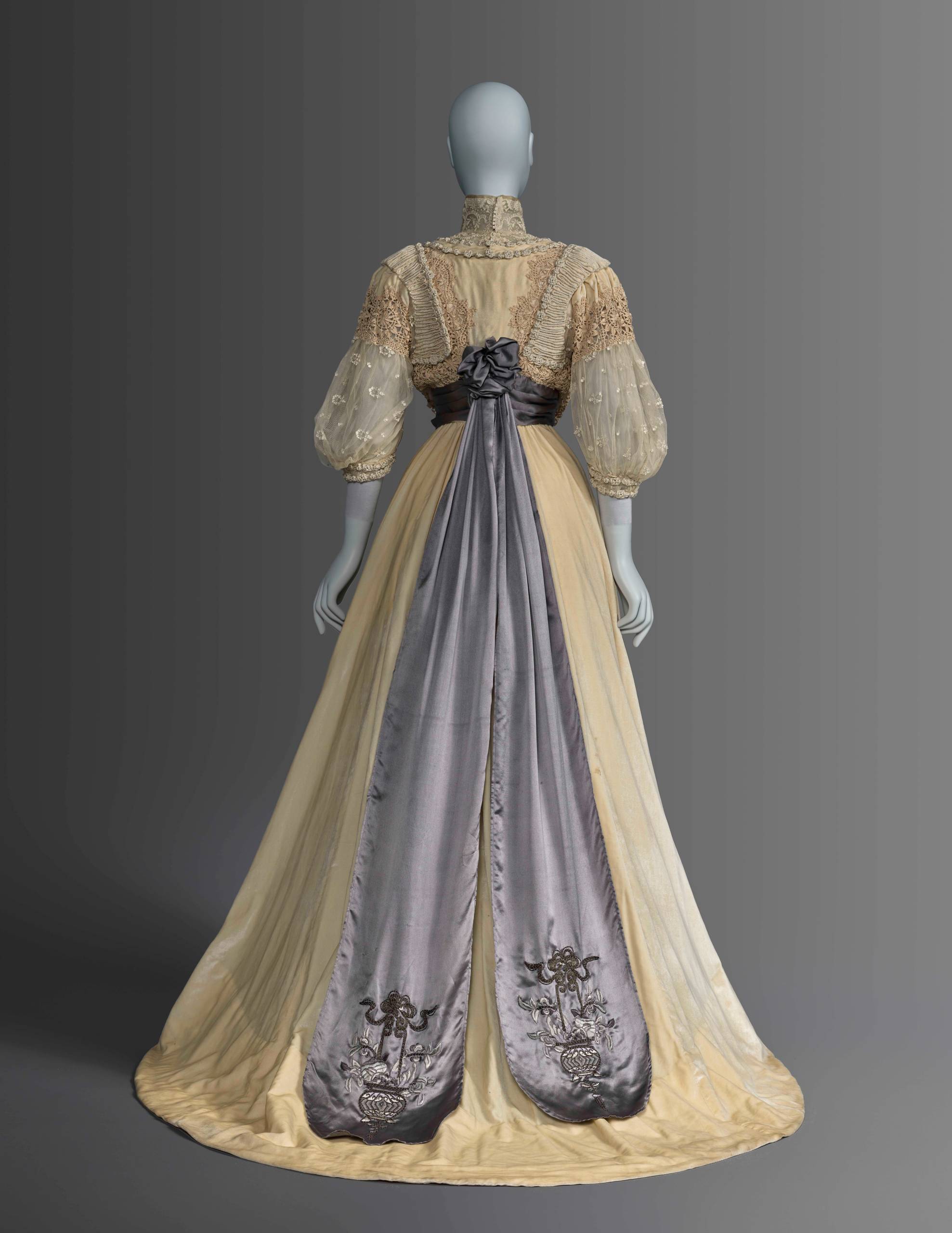Fashioning San Francisco: A Century of Style, opening Jan. 20 at the de Young Museum, is an extensive collection of impressive craftsmanship. It’s also a peek into the closets of some of the wealthiest San Franciscans of the past century, broken up into a strange amalgam of themes. Rows of mannequins are draped in gowns that this-and-that socialite wore to this-and-that high society function, which makes for an awkward transition into the exhibit’s finale: cultural appropriation.
Throughout the exhibition, faux balconies and elevated platforms set the stage for silk chiffon, taffeta and meticulous hand-sewing by haute couture legends like Jean Paul Gaultier, Coco Chanel and Rei Kawakubo. Wealthy San Franciscan women wore these masterpieces to local balls and Parisian soirées — and they’re breathtaking.

The exhibit positions the philanthropy of people like those socialites as “vital to the lived experiences of San Franciscans since the city’s inception,” without much of a critical eye on the role of the powerful in the city’s ongoing social and racial inequality. It’s a lopsided framework that makes the exhibit’s final section abrupt, and its larger message incoherent.






